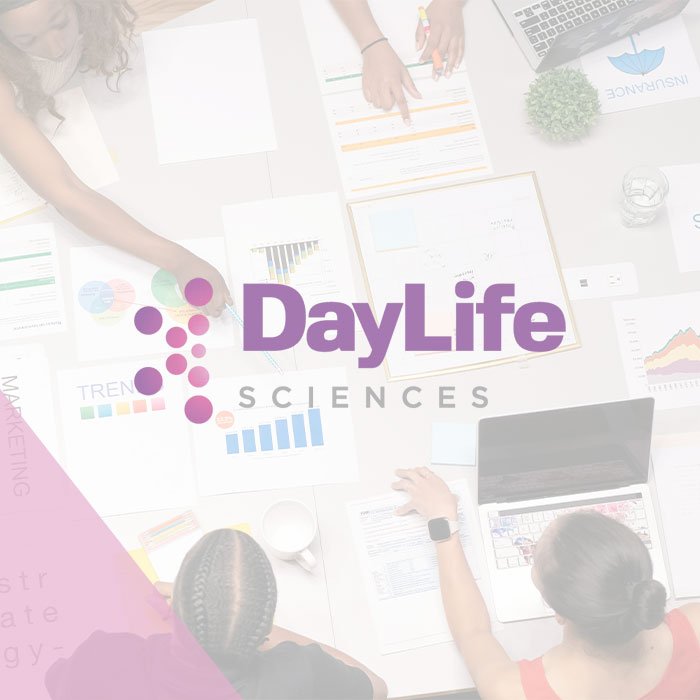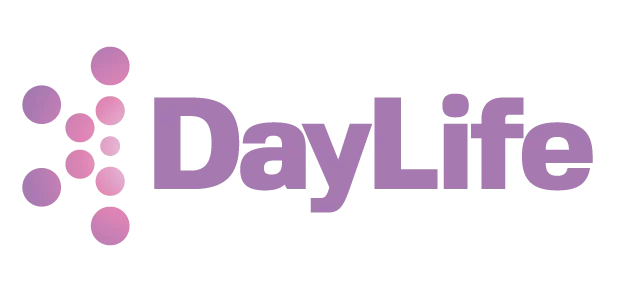Development
in pursuing R&D or funding opportunities.
- Core team track record advising leading global clients in approximately 100 countries.
R&D Program Services
We have the ability to provide expertise and personnel and other resources for a range of R&D activities, from basic research to product development and commercialization.
We also own proprietary technologies that may be shared under limited license arrangements to further R&D in those areas. Examples are our patented technologies for use in development of a new generation of malaria vaccines, development of a universal antivenom, and other areas.
MRNA-Based Malaria Vaccine Patent
Country |
Patent No. |
| USA | 63/617,945 |
E140 Antigen Discovery and Malaria Vaccine Development.
An extremely promising breakthrough was made by a laboratory antigen discovery research team, that demonstrated elevated effectiveness levels for vaccine delivery coupled with the E140 antigen (see for example https://pubmed.ncbi.nlm.nih.gov/32407410/ . This invention provides polypeptides useful as antigens expressed at the pre-erythrocytic stage of the malaria parasite. The antigens can be utilized to induce an immune response and sterile protection against malaria in a mammal by administering the antigens in vaccine formulations or expressing the antigens in DNA or other recombinant protein expression systems delivered as a vaccine formulation. This research led to the issuance of an E140 patent in the U.S. and other countries.
This technology has been further developed and tested by leading universities and other partners under license from DayLife LLC. We are fully committed to promoting public health in areas such as malaria prevention as we continue to work with funding entities and R&D partners to integrate the E140 technology into ongoing malaria vaccine research and development efforts.



Novel Antigen for use in Malaria Vaccine
Country |
Patent No. |
| USA | 10,195,260 |
| USA | 11,793,868 |
| Australia | 2017219613 |
| Brazil | BR112018016912-9 |
| Canada | 3,014,196 |
| China | 201780012190.0 |
| European Patent Convention | 17753691.9 |
| Hong Kong | 19124820.2 |
| India | 201817030201 |
| Japan | 7261013 |
| Korea | 10-2018-7024980 |
| Patent Cooperation Treaty | PCT/US2017/017722 |
| South Africa | 2018/05547 |
Technology Highlight: Universal Antivenom
Animal envenomation is a major public health concern worldwide and is classified as a neglected disease by the World Health Organization. Approximately 400,000 people worldwide, with nearly 9,000 in the United States and Canada, are affected every year by snakebite envenomation.
Our patented technology presents improved methods for generating a universal antivenom, with breakthroughs in effectiveness, safety, manufacturing efficiency, and application. The patented novel method results in an antivenom that has lower production cost, shorter synthesis time, and fewer adverse reactions than any previously known antivenom production method. Additionally, its antivenom production is stable in long-term storage in liquid form at ambient temperatures, a feature previously thought to be impossible for antivenom. This patent also provides for a diagnostic kit for identifying the type of venom from the animal bite and the severity of the bite.
As a set these technologies have potential to make antivenom more accessible, easier to administer, and at a much lower cost than currently available antivenoms.
Universal Antivenom Patents
Country |
Patent No. |
| USA | 10,961,276 |
| Australia | 2018220515 |
| Brazil | BR112019017260-2 |
| Canada | 3,053,332 |
| China | 201880012638.3 |
| European Patent Convention | 18753759.2 |
| Hong Kong | 62020008552.5 |
| Hong Kong | 62020010386.4 |
| India | 201937032982 |
| Japan | 7307681 |
| Korea | 10-2019-7025892 |
| South Africa | 2019/05416 |

